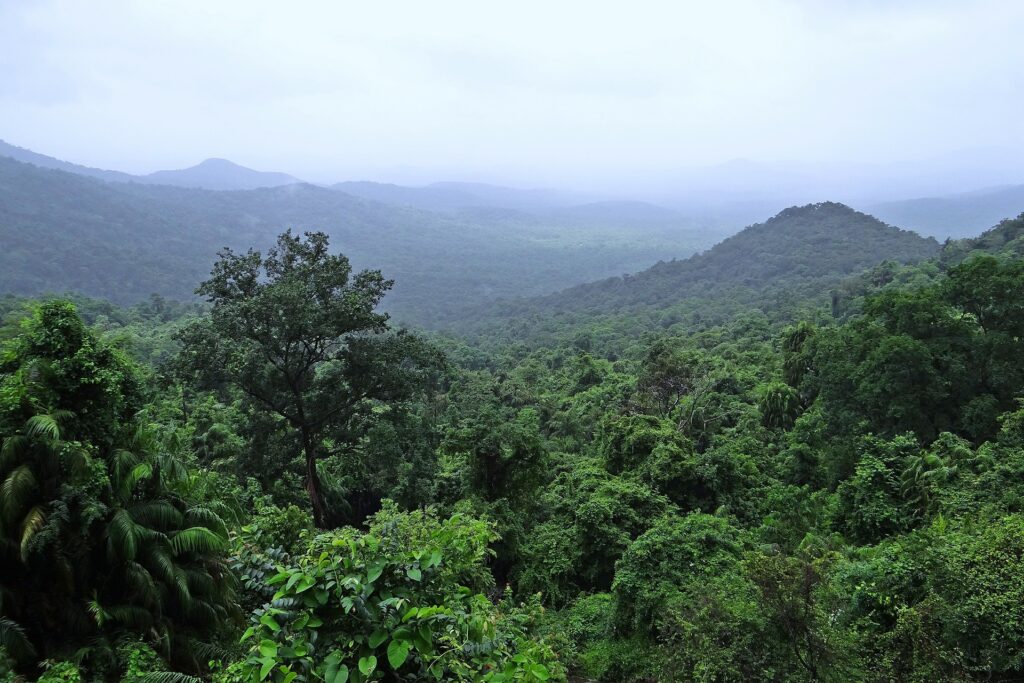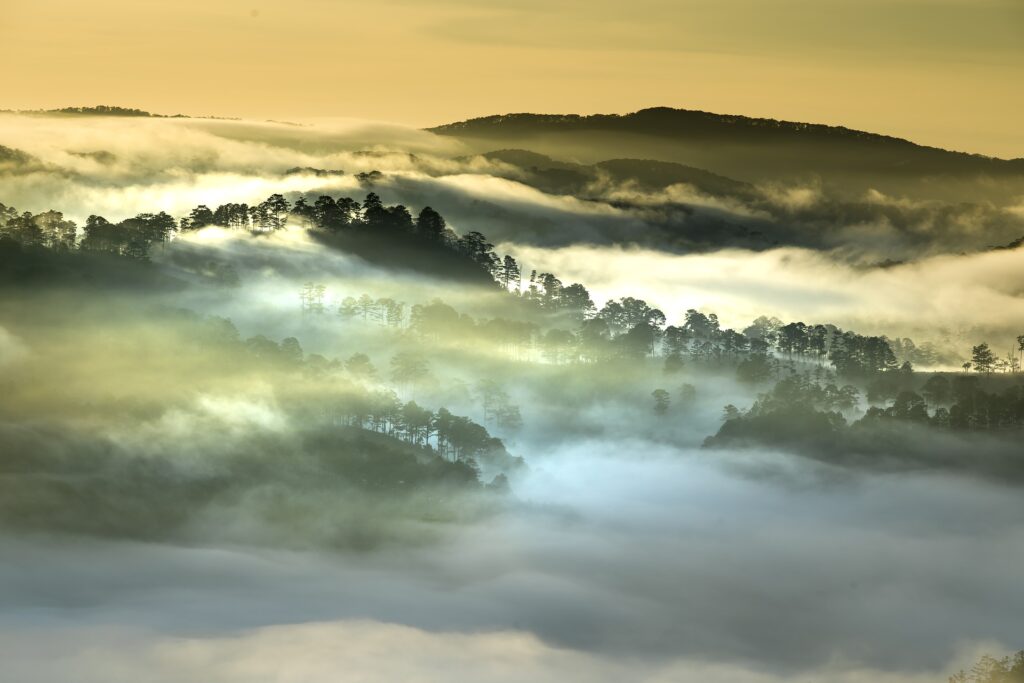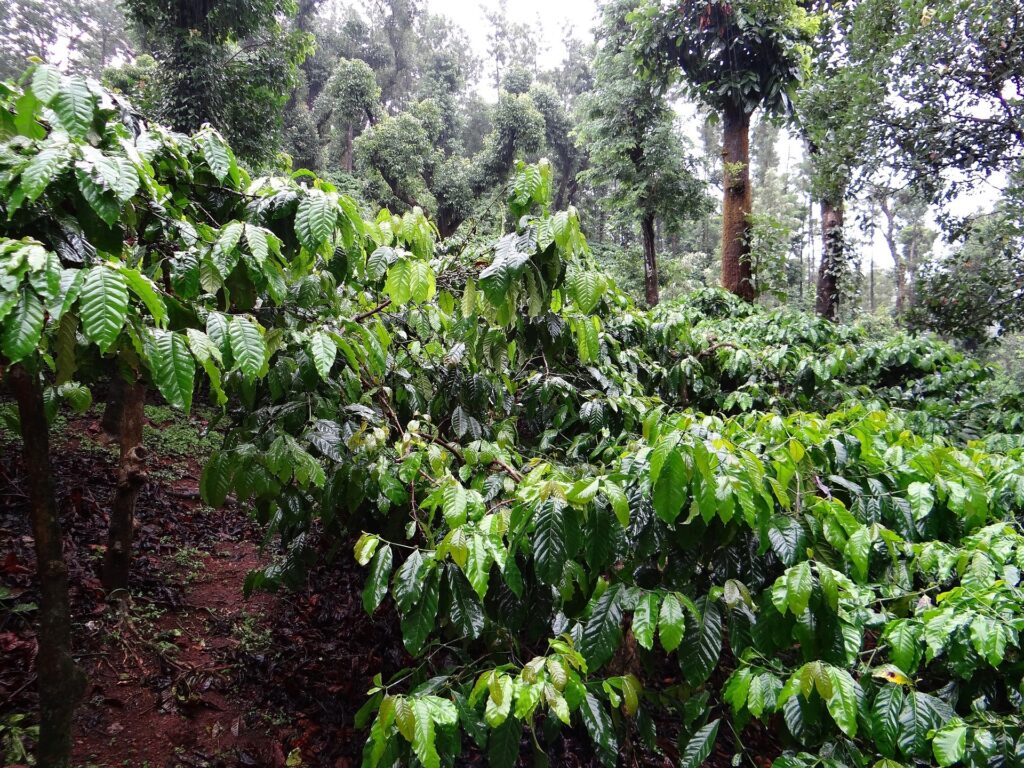“We want to do a lot of stuff; we’re not in great shape. We didn’t get a good night’s sleep. We’re a little depressed. Coffee solves all these problems in one delightful little cup.”
Jerry Seinfeld
More often than not when taking a look at history, it is often seen through a euro-centric view, and the history of coffee is no exception. These last few weeks, we have looked at coffee’s rise from the heartland of Ethiopia to the shores of Boston, and though these moments are important to look at, we have seldom spoken about the history of coffee in Asia.
So today, we will be taking you on a journey as we look at the history of coffee in India, the East Indies, and the Philippines.
History of Coffee in India

The history of coffee in Asia, much like the history of coffee in Europe and the Americas, began with a crime. In the early 1600s, a man by the name of Baba Budan who was on a pilgrimage to Mecca stopped for a visit to the Yemeni port city of Mocha, the legendary coffee hub that enabled the delicious drink to reach all across Arabia. Hoping to bring the delicious drink with him, Baba Budan smuggled six coffee beans by taping them on to his stomach.
After a long journey back to India, Baba Budan planted the coffee beans in the quaint hill town of Chikamagalur, Karnataka. In fact, coffee was so popular that it was being cultivated even before tea. The coffee plant had already established itself as a commercial crop in India by the 19th century and was being exported to Europe. The dense jungles of the West Ghat mountains enabled the growth of arabica and robusta coffee under the shade, which helped contribute to the coffee plant’s unique flavor.
This unique flavor of arabica coffee led to the term, Mysore Coffee being coined—Mysore being one of the largest cities in the Karnataka state of India. The popularity of the coffee continued to rise until the second World War which led to a loss of connection between Indian coffee growers and the European market.
Java: The Island and the Drink

With the growing influence of the Netherlands on the world stage, the VOC or the Dutch East India Company was founded. One of the tasks which they were responsible for was growing the Netherlands’ influence on global trade, which was made easier by the fact that the Dutch-owned and operated colonies around the world, with their largest colonies being found in the Indonesian archipelago.
After smuggling coffee out of Yemen—just like Baba Budan and many others—the Dutch brought the coffee plant with them to the colonial city of Jakarta, where the history of coffee would once again change forever. By 1699, there were coffee plantations dotting the entire city. The first attempt to grow coffee in Indonesia began on the estate of the Governor-General Willem van Outshoorn, though initially unsuccessful, the Dutch tried to grow the coffee plant again, with their attempts being successful in 1708.
After this success, the Dutch began to export the coffee plant back home to Amsterdam, along with a sample of a coffee plant. This simple export would itself change the history of coffee, as the coffee plant multiplied in growth at the Amsterdam Botanical Gardens, becoming the grandparent stock to the arabica coffee plant commercially exported around the world.
Soon the coffee plant was being grown outside of just the city of Jakarta and made its way to the islands of Sumatra, Sulawesi, Bali, Timor, and most famously Java. Since Java was the largest island within the Indonesian archipelago, it soon became the hub of coffee growth and export to Europe. However, due to the fact that the coffee grown in Java tended to have a more earthy taste, while the coffee from Yemen tended to be more fruity, they were often mixed with one another to create a blend known as Mocha-Java Coffee.
While the Dutch were able to enjoy their delicious drink in the coffeehouses of Holland, the colonists enslaved the native population of Indonesia, forcing them to work on the coffee plantations. Though the Dutch East India Company was never directly involved in the cultivation of coffee beans, they assigned regents who had to meet a certain quota per year.
Though at first, the natives were open to the idea of additional income, this mindset soon changed as the regents became much harsher, and demanding a higher quota. And much like modern-day coffee farms, workers received very little income, with the regents only receiving five cents per pound of coffee.
While slavery was being abolished around the World, the Dutch found a more innovative and equally exploitative form of cheap labor known as Cultuurstelsel. This cultivation system required native farmers to either have 20% of their farmlands be occupied by the growth of cash crops such as sugar and coffee or provide sixty days of free labor.
Unsurprisingly, even this system began to show its cracks early on as the sixty days of free labor were often extended by the regents, with brutal conditions to follow if unmet.
The Cultuurstelsel would continue to be in place until 1870 when it was finally abolished, but since it had become such an ingrained part of society already, it continued to be enforced until the early 1900s. Thus, it can once again be seen how closely related the history of slavery and coffee are.
Amongst all the exploitative actions taken by the Dutch colonials in the East Indies, at one point in the 1860s, a decimating disease known as coffee rust began to hit Asia, destroying many plantations, including those in Indonesia. This decimating disease would force the history of coffee in Asia, as well as the coffee industry in Asia to forever change.
In response to this crisis, the Dutch introduced the robusta coffee plant to the colonies. The Dutch were finally ousted out of the East Indies following Japanese occupation during the second world war and the native governors of the islands began dividing plantations amongst laborers, leading to many coffee farms to this day being operated by small families.
History of Coffee in the Philippines

Just like the monks who brewed the first cup of coffee in the lush forests of Ethiopia, coffee was introduced to the Philippines by a Spanish Franciscan monk who brought coffee to the city of Lipa in the province of Batangas. Soon thereafter, coffee began to spread across the country with farms opening up in other cities within Batangas such as Ibaan, Lemery, and Taal. The sheer number of coffee farms in Batangas helped grow the wealth held by the province.
By the 1860s, coffee from Batangas was being exported to San Francisco, and soon afterward to Europe with the opening of the Suez Canal in 1869. Seeing the wealth which Batangas was generating through coffee, the province of Cavite began to also cultivate coffee, with the first coffee seedlings being planted in the city of Amadeo in 1876.
But the glory was not to last, as coffee rust soon hit the Philippines—though unlike the Dutch colonies in the East Indies, the Filipinos were not able to find a replacement variety in due time. So coupled with an insect infestation at the same time, coffee cultivation in the Philippines fell to 1/6th the original amount within two years.
Though it seemed as though the coffee industry in the Philippines was all but dead, the Americans helped the Phillippine government bring in a more resistant variety of coffee, and thus helped give essentially a rebirth to the coffee industry in the Philippines.
Through these three narratives, it can be seen how important the global history of coffee has to do with the history of coffee in Asia. With our short vacation now complete, join us next week as we explore coffee’s evolution during the nineteenth century and how the history of coffee continued to be marred by slavery while also being a crucial resource for their eventual independence.



[…] A History of Coffee in Asia […]